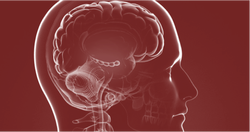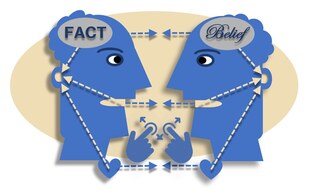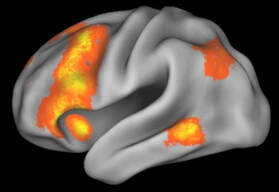Memory, Aging, and Cognitive Control Research LaboratoryTo better understand the mind, our lab uses a variety of different techniques including experimental manipulations of behavior, neuropsychological tests, and neuroimaging including both structural and functional scanning.
We also use multivariate analyses techniques including Partial Least Squares, Support Vector Machine, and Barycentric Discriminant Analysis. |
Memory and AgingWe aim to better understand the encoding and retrieval mechanisms of episodic memory, especially how people use decision processes to determine the accuracy of retrieved information and how these processes differ in old age.
|
The Entropic BrainWe also aim to discover new brain markers that might represent intact and healthy cognitive and brain functioning. Random, or entropic, fluctuations of brain activity might serve as such a marker.
|
InterventionsBy understanding the cognitive and neural mechanisms of memory and cognitive control, interventions can be developed to maintain or even improve cognition as we age or with memory-related disorders.
|









